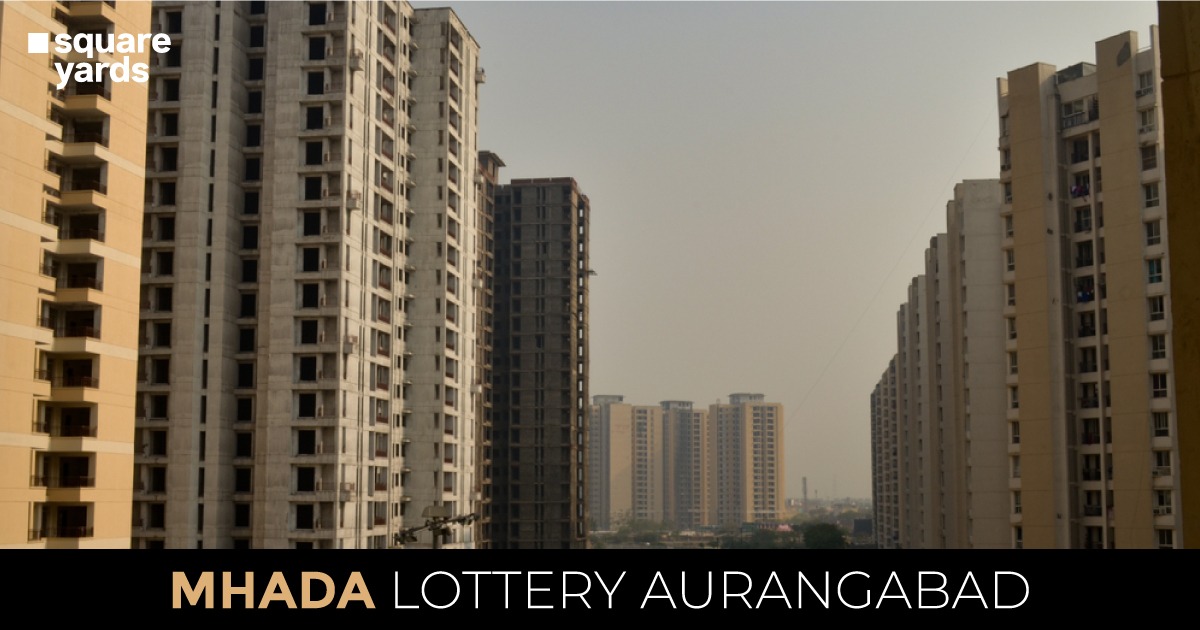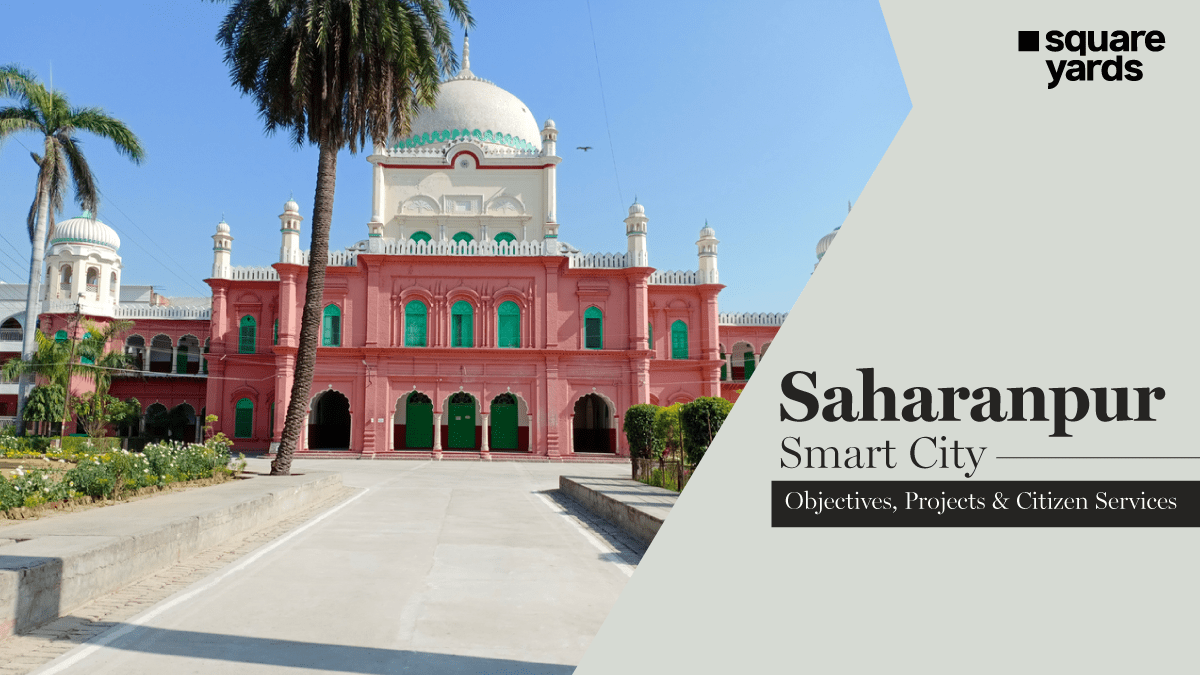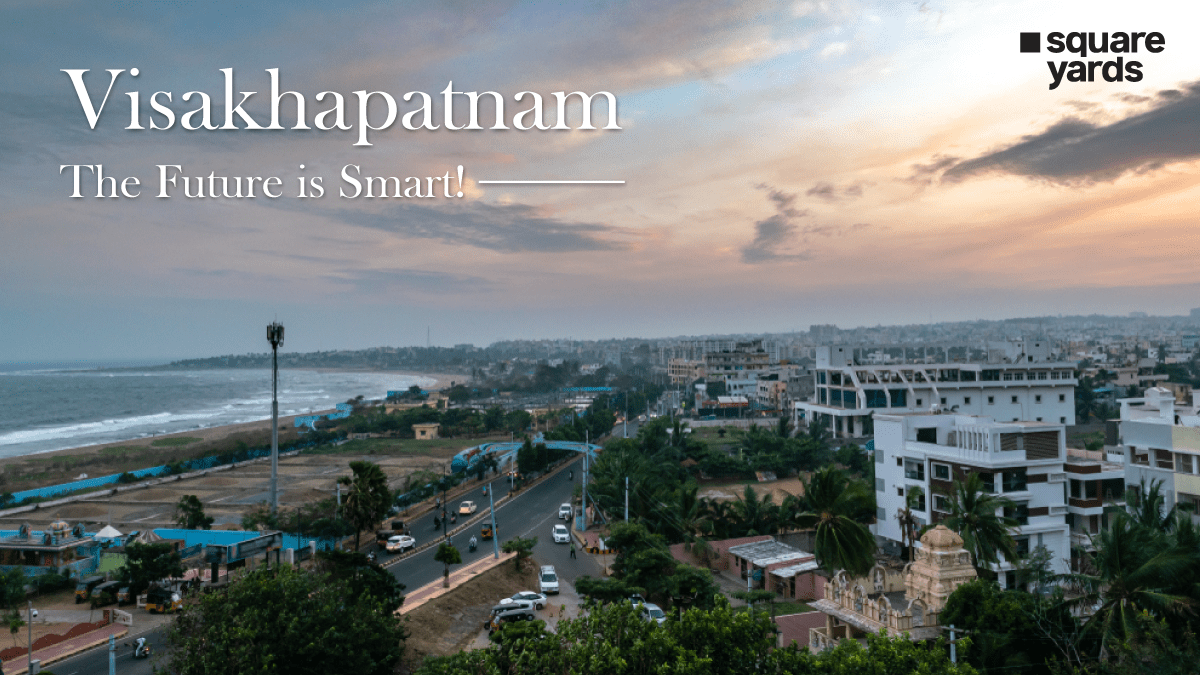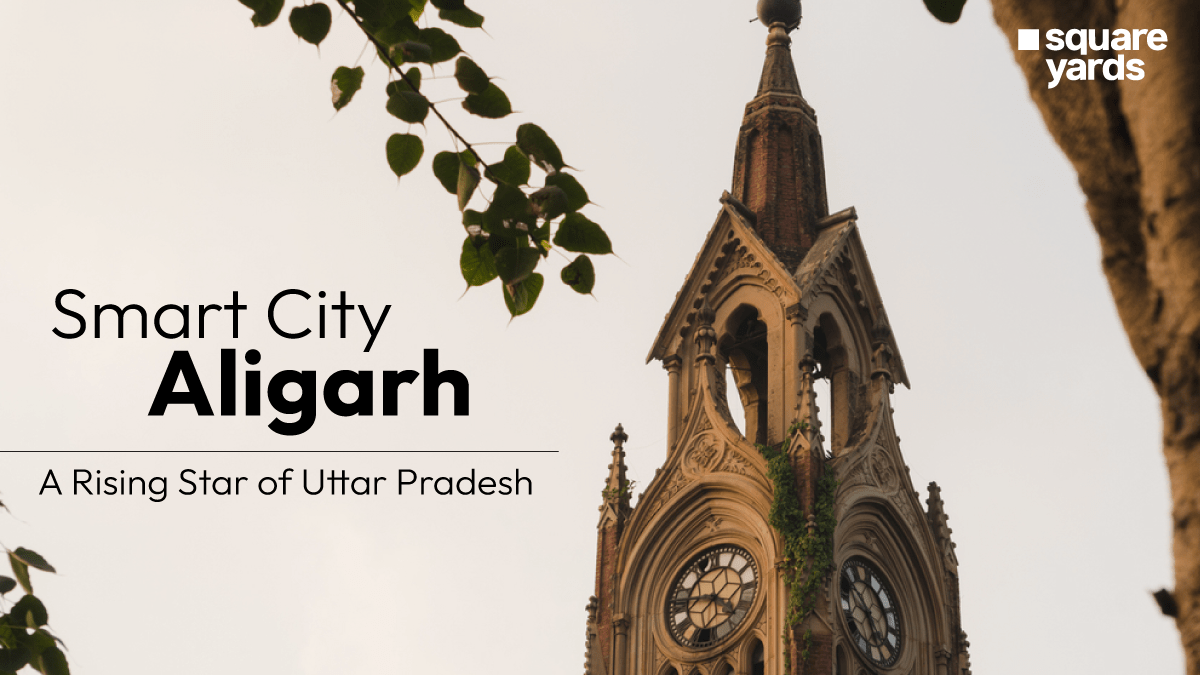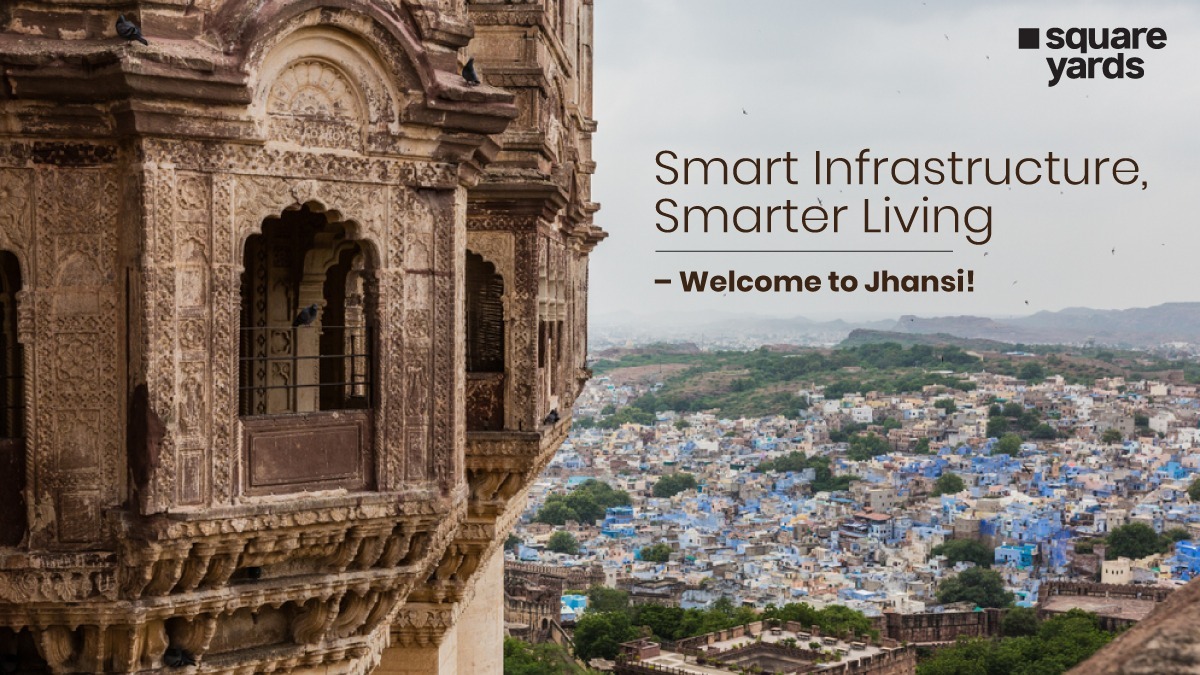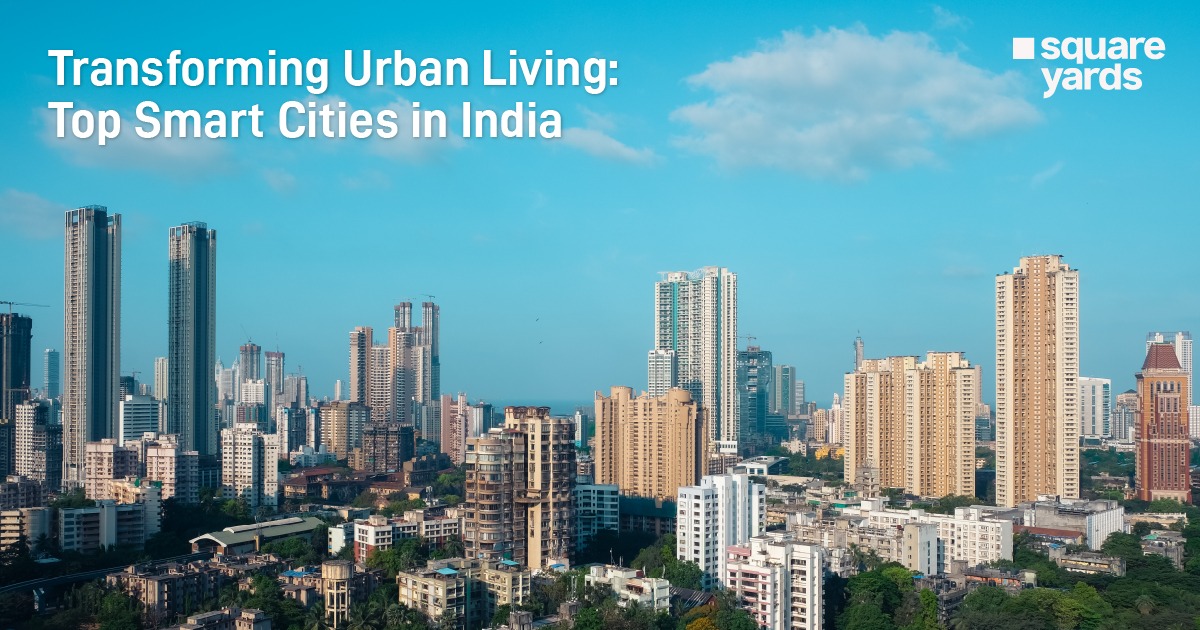Bogibeel bridge – largest bridge in Assam, 4.94 km, First rail-cum-road bridge, first entirely steel welded bridge in India, 5th largest bridge in India
Bogibeel Bridge Overview
A single bridge with so many titles feels like an achievement. The best part of this bridge relates to the southern and northern sides of the Brahmaputra River. The Bogibeel Bridge also connects two states, Arunachal Pradesh and Assam. At the same time, the distance between Northeast India and other parts of the country are also reduced.
The bridge was constructed in the reign of three Prime Ministers of India. First, HD Deve Gowda inaugurated it, then Atal Bihari Vajpayee started the construction work under his reign, and finally, Prime Minister Narendra Modi inaugurated the bridge in 2019. It took the Bogibeel bridge a total of 200 months to get completed. The steel used in the construction and establishment of the bridge was manufactured in India only.
Everything is discussed here: its construction, design and structure, preventive measures, amazing facts, and importance. Read to know more about the largest bridge of Assam.
Construction Details of Bogibeel Bridge
Here are the construction details of India’s first wholly welded warren girder steel bridge. To make this superstructure, an incremental launching technique was used.
Companies Involved in Construction of the Bogibeel Bridge
Rail India Technical and Engineering Services did all the initial technical testing, a government-owned consultancy firm. The Bhartia Infra Projects Ltd. constructed the bunds alongside the river and marked the barriers of the Southern riverbank.
The foundation of the Bogibeel bridge was laid by the Gammon India. It is one of the largest construction companies in India. And finally, the Hindustan Construction Company works on constructing this steel infrastructure. The company was also awarded in 2011 for their marvellous work.
Construction of the Substructure of the Bogibeel Bridge
The Bogibeel bridge substructure has 42 double-D foundations of measurement 16.2 m x 10.5 m. Every column has cylindrical twin piers with an outer diameter of 5.3 m and an inner diameter of 3.3 m. Engineers make sure that the depth of the foundation is between 42 m to 68.75 m.
The duplicate rectangular column is 4.5 m in height, and the column has 4.6 m x 3.0 m specifications. These pier caps are 5.8 m broad, 15.9 m in length, and 1.2 m in thickness throughout the bridge.
Almost 30 lakhs of RCC cement bags and plain cement concrete were used for constructing a solid foundation. Around 2800 million tonnes of steel was used to make this steel welded structure and 19250 million tonnes of reinforcement steel. However, to increase the span of the bridge, steel trusses were used later onto the columns.
Steel Manufacturing
The steel used for making India’s first complete welded bridge was manufactured by the largest steel manufacturing companies – Steel Authority of India Limited and Tata Steel. Both companies provided customised steel rebars and other components of steel for the construction of the Bogibeel bridge.
To make the customised steel, steel members were first fabricated, and as per necessity, they were all welded together in the workshop. The workshop was near the southern side of the riverbank.
To complete the production, engineers used several modern procedures and equipment. First, the steel plates were moved via magnetic lifters to transfer them to different stations for fabrication. Then the steel was given the required shape and size by chiselling its dimensions using a CNC (computer numerical controlled) cutting and oxyfuel cutting machine.
Once the cutting process was done, the steel pieces were arranged for perfect thickness and smooth edges. Further, the gas metal arc was used to join the steel members into a truss. Three tests were also performed to ensure that the truss was strong enough to handle any pressure.
Furthermore, welded members were done using a blasting gun. The smooth surface gives an even paint coating that will resist corrosion for a long time. Thus, the surfaces were coated with multiple layers of paint in a controlled chamber (managing climatic conditions).
Assembling of Materials
First, the steel used was assembled and positioned appropriately in the workshop. Then they were linked using the jack and welded by the metal arc and submerged welding processes. Further, these segments were arranged in a sequential form and assembled vertically using the horizontal lifters. Later the top and bottom girders were installed on the trusses, and the entire setup was checked upon thoroughly. And at the final step, a nose was fitted on the first truss before launching it on the pillars.
Installation and Building of the Bridge
To launch the bridge, hydraulic and strand jacks of high capacity were linked together so that the substructure could facilitate the movement in trusses over the pillars. A double set of steel wires was docked at the end of the truss’s cross beams to enable the movement.
These trusses were slid over the spherical bearings with the assistance of sliding plates (implemented below the truss for aiding its movement). Once the truss was launched, a new one was launched from the other end, and the sliding plate was placed under it.
To make things easy, ten spans of trusses were used. Every span weighs over 1700 metric tonnes. Later, launching bearings were replaced with spherical bearings.
Designing and Structure of Bogibeel Bridge
The Bogibeel bridge is designed to carry a double line broad gauge railway on the lower deck and a 3-lane road on the upper side of the bridge. The double railway lines on the lower deck are 5ft 6 inches wide.
The bridge has 41 spans, with each measuring 125 m. The Bogibeel bridge is considered a composite welded steel truss bridge with reinforced concrete. This structure is like a truss bridge to support the rail-cum-road lines.
Note: It was reported that the project needs about 505 ha of land, which in simple language equals the area of 19 villages.
Safety Steps Taken in the Making of Bogibeel Bridge
There are specific measures implemented in the making of the Bogibeel bridge to increase the overall endurance of the bridge.
Use of Spherical Bearings
The spherical bearings play an important role in the Bogibeel project due to their flexible sizes the capacity of moving and rotating easily. These bearings are made of steep with PTFE surface for smooth movements.
These bearings allow slight turning from one side and displacement from the other side to increase the flexibility of the Bogibeel bridge. Total 164 bearings were used in the making of the bridge. Four spherical bearings are placed on each span.
Measures for Seismic Waves
Since the Bogibeel bridge lies in a seismic zone-V, every bridge has seismic restrainers. These restrainers will prevent the bridge from destroying or damaging during earthquakes, equal to 7 on the Richter scale.
Measures for Flood
Brahmaputra rivers have a long history of recurrent floods. To win over this challenge, dykes are created on both sides of the bridge at the river banks. These dykes will ensure that the area near the riverbank doesn’t get affected by the flood. Up to 9km, upstream and 7km downstream dykes are installed at the ends of the Bogibeel bridge on the river banks.
Note: A dike or dykes are used as a barrier to regularise or hold the water back from a river, lake, or even the oceans. A dike is a slab of a large rock that slashes via another type of rock in simple language.
Anti-Corrosive Measures
To reduce the risk of corrosion in several parts of the Bogibeel bridge, engineers used special grade, copper-bearing steel plates. A coating of TSA was applied on the gusset plates and brackets. Moreover, pure aluminium was also sprayed to improve the resistance power of the plates and brackets.
Zinc was used to galvanise the stringers and bracings of the bridge. These zinc sprays were also applied on the bridge’s surface, which is in direct touch with the concrete.
Furthermore, the external part of the cross girders and the diagonals were coated using inorganic zinc silicate primer and another coat of epoxy, MIO coating, and polyurethane.
Note: TSA stands for Thermal Spray Aluminium.
MIO stands for Micaceous Iron Oxide. MIO is an excellent resistance to moisture and other influential factors that increases the process of rusting.
Bogibeel Bridge: Project Cost
The overall project cost of the Bogibeel bridge is an excellent example of why the government must not delay future projects. The 4.9km long Bogibeel bridge took 17 years to complete, and the reasons vary from fund issues to the then government.
1997-1998: The Bogibeel project was sanctioned by the Government of India with a budget of INR 1,767 crore. It was expected to be completed by the Ninth Five Year Plan. The foundation stone was laid in 1997.
2002: In 2002, then Prime Minister Atal Bihari Vajpayee inaugurated the construction of the Bogibeel bridge
2004: Due to change in government and several issues again, the Bogibeel bridge went on hold again. On the other hand, the cost of raw materials kept on increasing.
2014: When the Narendra Modi government came into power, the work of the Bogibeel project started on a fast track pace to avoid further delays.
By this time, the project costs have already moved from INR 1,767 crore to
3,230 crores. Bogibeel bridge is just a minor example of a delayed project. There are several projects worth more than 12 lakh crore, which is either incomplete or delayed. More than 4.65 lakh units worth Rs. 3.3 lakh crore are facing delays and have several reasons like contractors, cost of raw materials, the passing of funds, etc. Sometimes, third party contractors are responsible for delays.
But, in the Bogibeel project case, delays in funding, unavailability of raw materials, transportation issues took a lot of time. Another reason was that work could only be done in dry months, November to March.
In the end, the Bogibeel bridge costs Rs 5,900 crores due to the reasons discussed above.
Tata Steel Took Pride in Construction
Tata Steel delivered 15,000 tons of reinforcing steel (Tata Tiscon Rebars) to construct this megastructure, and the nation’s only bridge welded entirely with concrete-steel composite girders.
For Bogibeel bridge distance, Tata Steel made customised length rebars to minimise the waste of these bars. Moreover, according to the Bogibeel bridge construction reports, 75% of rebars were provided by Tata Steel in this engineering marvel. The steel welded construction of the Bogibeel bridge is so rugged that it can easily withstand heavy military tanks, fighting jets, and earthquakes of equivalent or above the 7 Richter scale.
Importance of Bogibeel Bridge
● The opening of the Bogibeel bridge improved the connectivity in Northeast India.
● The connectivity by road and rail helped connect with many other parts of India and Northeast India on a solid basis.
● The distance between Assam and Arunachal Pradesh by train journey was reduced by 80%.
● With the Bogibeel connection, the economic conditions of Assam and Arunachal Pradesh will improve eventually. The government is already working on five projects there. Further, the new bridge was inaugurated in Sadia, Arunachal Pradesh. This bridge will be connected with Bogibeel.
● Local & International Benefits of Bogibeel Bridge: New industrial investment will bring economic rise. Earlier businessmen were afraid due to the cost of logistics, but with the Bogibeel bridge in Assam, the chances of industrial development are much higher.
● Political Benefits of Bogibeel Bridge: Another importance of the Bogibeel bridge on the Assam map is from a strategic perspective. It’s because India is considering deploying more military force in the region near the China border, considering the old conflicts with China. Further, the Bogibeel bridge will provide better accessibility to vast areas of Arunachal Pradesh.
Facts About Bogibeel Bridge
Here are some surprising facts about the Assam Bogibeel bridge:
● Our then Prime Minister HD Deve Gowda laid the foundation of the Bogibeel bridge in 1997. The Bogibeel bridge was a segment of the Assam Accord 1985 and is one of the infrastructures set up in Assam.
● The construction was started in 2002 April, during the reign of former Prime Minister Atal Bihari Vajpayee. Apart from political unwillingness, another reason behind the delayed construction of this project is that the construction can only be done in non-rainy or dry months, between November and March.
● In 2007, the Bogibeel bridge got the status of a National project by former PM Manmohan Singh. The financing was done by the Ministry of Finance and Railway. The Ministry of Railways granted 25% of the financing, and the Ministry of Finance contributed 75%.
● It is the longest and largest rail-cum-road bridge. The Bogibeel bridge in km is 4.94.
● Bogibeel is Asia’s second-longest rail-road catenate and the fifth-longest bridge in India.
● Bogibeel concatenates the South and North of the Brahmaputra river via road. The bridge is located 17km downstream of Dibrugarh. It also connects the North and South towns of the Brahmaputra, Dhemaji and Dibrugarh.
● The Bogibeel bridge reduces the distance between the North town Dhemaji and South town Dibrugarh by four hundred km.
● The Bogibeel bridge will play a dual role and is a double-floor bridge. The lower deck has a 2-line gauge railway track, and it has a 3-lane road in the upper deck.
● The lifespan of the Bogibeel bridge is 120 years. It is designed and made to continuously watch and check its resistance and several other mandatory factors.
● Bogibeel has a similar design to the rail-road bridge connecting Sweden and Denmark. It is India’s first completely welded bridge.
● It is India’s only bridge made of Composite Steel-Concrete Girders. Since it is in an earthquake zone, it is designed to handle the earthquake of Richter scale 7. In support of the bridge, 42 piers are used as the bridge’s foundation.
● Bogibeel also fulfils the geographical and strategic requirements of the nation and gives enormous strength and significance to the Indian Defence. Further, the bridge increases the national security of the eastern part by providing the small Army troops and other support of logistics near the indo-china border in Arunachal Pradesh. In 2007, the Bogibeel bridge was given the status of a National Project by the Indian Government.
● The Bogibeel bridge is quite powerful, can support the movement of massive vehicles armoured tanks, and can even handle the landing of fighter jets.
● The entire project’s cost of constructing the Bogibeel bridge is INR 5,920 crores. The sanctioned amount was much less, but the delay and cost of construction materials are reasons behind the huge cost overrun. The estimated price was only INR 1,767 crore.
● The construction contract of the bridge’s substructure was given to Gammon India by the Northeast Frontier Railway. And other companies that won the bid for constructing this superstrong infrastructure were the Hindustan Construction Company, Germany and VNR Infrastructures, and DSD Brückenbau GmbH.
● The best part of the Bogibeel bridge is that it reduces the inconveniences of travelling time and ease overall travel. The distance between Itanagar and Dibrugarh is reduced by 150 km, and the travelling time by railway is shortened by 705 km. Moreover, it will offer a shorter time from Dibrugarh, the Northside of the river, by 170 km. The distance between Guwahati and Dibrugarh is reduced by 55 km. Furthermore, the travel time from Delhi to Dibrugarh is reduced by three and ten hours between Tinsukia in Assam to Naharlagun town in Arunachal Pradesh.
● The Bogibeel bridge links two National highways – NH-37 and NH-52 on the southern and northern sides of the Brahmaputra river. This will benefit the people living in the minor districts of Changlang, Lower Dibang Valley, Lohit, Dibang Valley, Anjaw, and Tirap in Arunachal Pradesh.
● The concrete was passed using a pipeline laid over the buoys. It became challenging to transport concrete across the river channels; that’s when this creative idea took place.
● Total thirty lakh bags of cement were used to construct the Bogibeel bridge. It is said that with so many bags of cement, almost forty-one Olympics swimming pools can be easily filled.
● A total of 19,250 metres of steel was used to build this super amazing infrastructure. It is said to be more than Mount Everest height.
● There was a dispute to name the bridge between the communities of Assam and BJP politicians. The different names suggested are as follows:
– Chutiya (pronounced as Suriya) Community – Last Queen Sati Sadhna.
– Ahom Organisation – Ahom Founder Chaolung Siu-Ka-Pah.
– Dear Community – Leader Bhimbor Deuri
– BJP Leaders – Atal Tunnel after former prime minister Atal Bihari Vajpayee.
● The real construction work started in 2011. It took 200 months to complete the entire construction of the bridge.
● Our Prime Minister Narendra Modi dedicated the bridge to the nation. And inaugurated it on the birth anniversary of our former Prime Minister Atal Bihari Vajpayee.
Don’t Miss Out
Frequently Asked Questions (FAQs)
Q1. Where is Bogibeel bridge?
A1. The Bogibeel Bridge is situated 17 km downstream of Dibrugarh and Dhemaji in Assam.
Q2. What is the length of the Bogibeel bridge?
A2. The Bogibeel bridge length is 4940 metres, and its length is 4.9 km.
Q3 Can we travel from Jorhat to Majuli by Bogibeel bridge?
A3. It is not possible to travel from Jorhat to Majuli island. Though there are different easy to reach Majuli islands, Bogibeel is not one of them.
Q4. Bogibeel bridge connects which two states?
A4. The two states which the Bogibeel bridge connects are Assam (Dibrugarh) to Arunachal Pradesh (Pasighat).
Q5. Bogibeel bridge built over which river?
A5. Bogibeel bridge is built over the Brahmaputra River.
Q6. When did Bogibeel Bridge start?
A6. The Bogibeel bridge was started on 21 April 2002.
Q7. Does the upcoming Dhubri-Phulbari bridge have more than the Bogibeel bridge’s total length?
A7. The Bogibeel bridge’s total length is 4.94 km, and it is the largest bridge. In contrast, the upcoming Dhubri-Phulbari bridge will be 19 km long and become the longest bridge in Assam after its completion.
Q8. Name the bridges built over the Brahmaputra river?
A8. There are a total of seven bridges built over the Brahmaputra River. The name of the bridges are:
● Bangabandhu bridge
● Bogibeel bridge
● Dhola- Sadiya bridge
● Kolia Bhomora Setu
● Naranarayan Setu
● New Saraighat Bridge
● Old Saraighat Bridge
Q9. What were the tests performed to ensure steel manufacturing strength?
A9. To ensure the strength and power of steel members following tests were performed.
● Die penetration testing
● Ultrasonic testing
● Magnetic particle testing
Q10. What kind of bridge is the Bogibeel bridge?
A10. Bogibeel bridge is a truss bridge.






